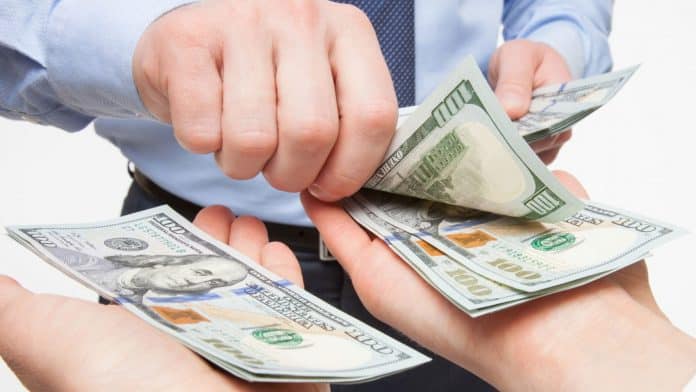Last year, chief managers gained an average of $17.2 million and since 1978 their salary has grown by more than 1000 percent.
Last year, chief managers at the top businesses in the United States bring back $17.2 million in pay–278 times their median worker’s salary.
Between 1978 and 2018, according to the latest survey by the Economics Policy Institute, the average pay of the bosses of the largest 350 companies in the United States has grown by 1.007.5 percent.
The rise far outstripped the wage development of the typical worker at 11.9 percent, as well as inventory exchange yields, which are often used to explain elevated corporate pay. During that era, the S&P 500 index of top US businesses rose by 706.7 percent.
The assessment emerges as some of the wealthiest entrepreneurs in the U.S. have openly worried about increasing inequality in revenue.
Ray Dalio, billionaire ceo of Bridgewater, the world’s largest hedge fund, advised this year that the divide between rich and poor in the United States is becoming a “domestic emergency.” JP Morgan’s chief executive, Jamie Dimon, called for a “Marshall strategy” to tackle a “systemic issue” that “seriously damaged” half of society.
Lawrence Mishel, distinguished associate of the EPI, said that there was a direct correlation between the outsized salary profits created by CEOs and the stagnant salaries of their workers as there was little proof connecting the turbocharged development in their salaries and the results of their businesses.
“You could cut in half the CEO’s pay and the economy wouldn’t be distinct,” he said.
EPI Statistics
According to the EPI, CEO pay grew by 7.1% in 2018 and 9.2% in 2017. The increase was motivated by growing inventory prizes in the firms they operate. On average, in 2018, CEOs earned $7.5 million in inventory prizes, representing nearly half of their pay.
While for most employees’ salaries have stagnated since the beginning of the recession, increasing at just 1.6 percent over the past year when accounting for inflation, the salary of the top bosses in the US has risen. Since 2009, CEOs who took benefit of their rewarded stocks have experienced a salary increase of 52.6 percent. Those who received stocks but have not yet cashed in saw a 29.4 percent increase in their salary.
The typical employee in one of these big companies, on the other hand, saw their annual salary increase by just 5.3 percent over the course of the restoration and their salaries effectively dropped by 0.2 percent between 2017 and 2018.
In 2000, the average CEO salary peaked at $21.5 million (in 2018 usd), the height of the tech-driven inventory industry boom in the late 1990s, and it dropped after the bubble exploded. As the last recession took hold, it had returned by 2007 only to drop again in 2008 and 2009. Since then, their pay has continuously increased.
The divide between the median employee at one of the top US firms and their boss has dramatically expanded over the lengthy term. In 1965, in one of the top 350 companies in the US, the average CEO earned 20 times as much as the average worker. The percentage was 30-1 in 1978. It was 121-1 in 1991.
Conclusion
While some investors and corporate management organizations have targeted managers at businesses that they think are overpaid, Mishel said the simplest way to solve the divide was to raise taxes on top earners significantly.
“At one moment, it’s difficult to do this one CEO,” he said.
